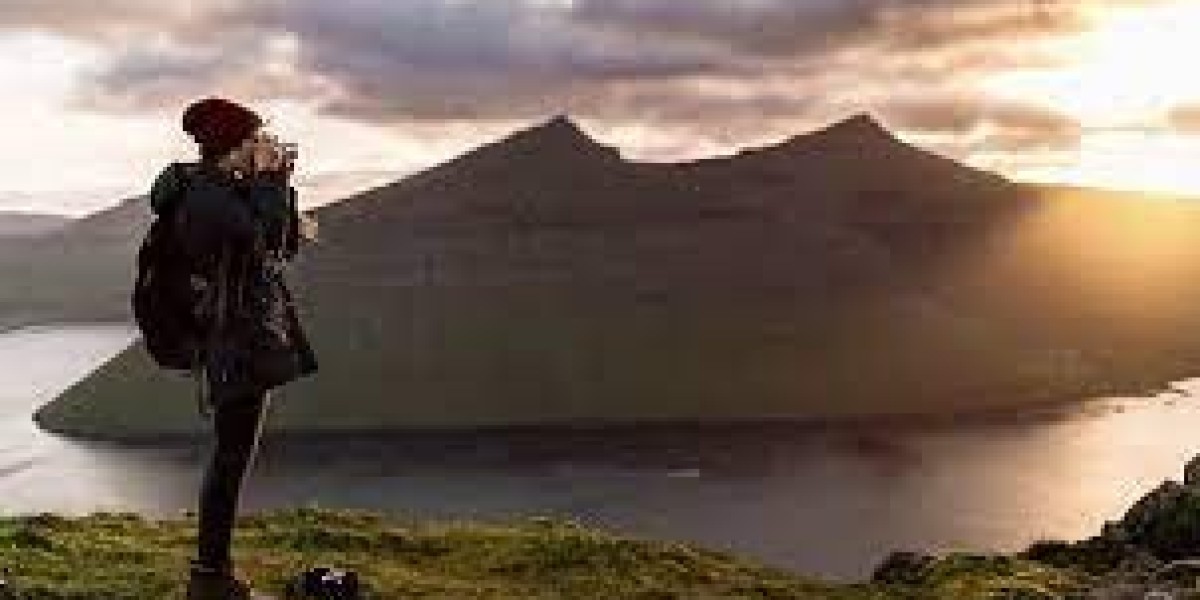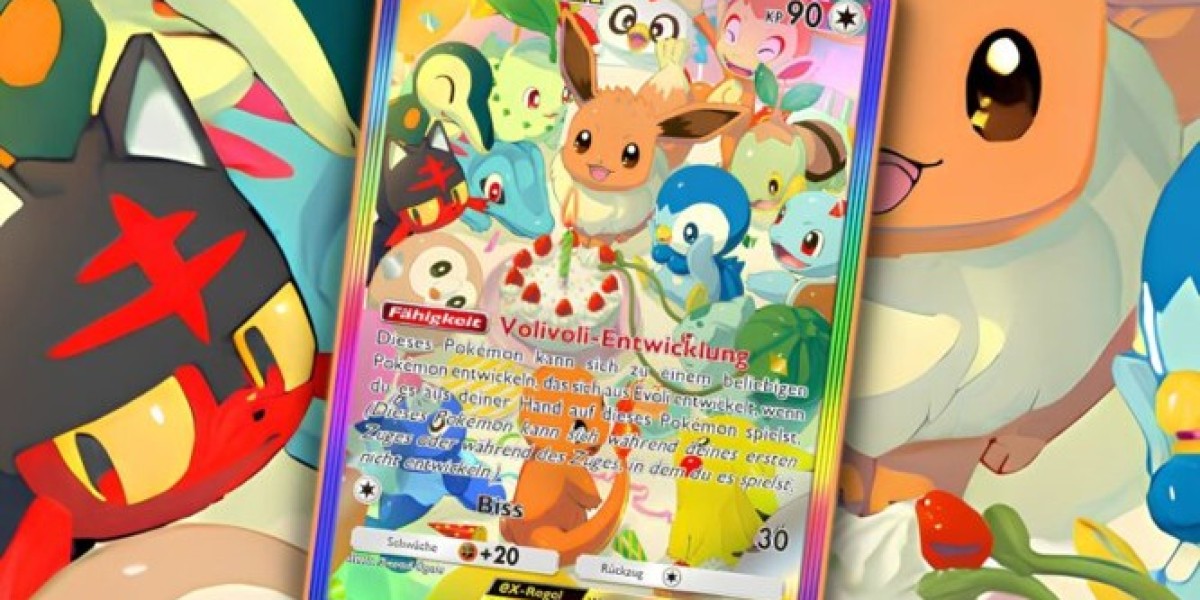Introduction: Why Pakistan Deserves a Spot on Your Travel Bucket List
If you’re the kind of traveler who craves adventure, culture, and jaw-dropping landscapes all rolled into one, then Pakistan should be your next destination. Often dubbed as the “hidden gem of South Asia,” this country is where towering mountains kiss the sky, ancient civilizations whisper their stories, and warm-hearted locals make you feel like family. Whether you're wandering through the vibrant bazaars of Lahore or trekking across the majestic Hunza Valley, every corner of Pakistan promises an experience like no other.
For those who want to plan their trip seamlessly, checking out this detailed Pakistan tour guide can be a game-changer. It’s packed with insider tips, must-see destinations, and everything you need to make your journey smooth and unforgettable.
From the snow-capped peaks of the north to the golden deserts of Sindh, Pakistan is a land of extremes — and that’s what makes it so special. It’s a destination where modernity coexists with tradition, and where every traveler finds something to fall in love with.
Hitting the Road: Essential Travel Information for First-Time Visitors
Before you pack your bags, a little prep can go a long way in making your trip stress-free. Pakistan is welcoming to travelers, but knowing the basics — from entry requirements to communication tips — will help you navigate like a pro.
Visa, Currency, and Language: The Basics You Need to Know
Getting into Pakistan is easier than many think. Most nationalities can apply for an e-visa online, which simplifies the process. The Pakistani Rupee (PKR) is the local currency, and you’ll find ATMs in major cities, though it’s smart to carry some cash in smaller towns. English is widely understood in urban areas, while Urdu is the national language. A few local greetings like “Salam” (hello) or “Shukriya” (thank you) can instantly win smiles and open doors.
Locals are incredibly hospitable — it’s not uncommon to be invited for a cup of chai by complete strangers. Embrace these moments; they’re the essence of Pakistani warmth.
When to Visit Pakistan: Best Time for an Unforgettable Adventure
Timing your trip right is key. The best months to visit are from October to April when the weather is cooler and more comfortable. For mountain adventures, summer (June to September) is ideal as northern routes are open and vibrant. Winters are magical too, especially if you’re chasing snow-capped views or cultural festivals.
Each season paints a different picture of Pakistan — spring bursts with color in Hunza, while autumn transforms valleys into golden wonderlands. Pick your season based on your vibe: adventure, relaxation, or cultural exploration.
Top Tourist Destinations in Pakistan
From lush valleys to ancient cities, Pakistan’s landscapes are as diverse as its people. Let’s break down the regions that truly capture the country’s soul.
Northern Pakistan: Paradise on Earth
The north of Pakistan is pure magic. Places like Hunza Valley, Skardu, and Fairy Meadows are a dream for nature lovers. Imagine emerald lakes reflecting snow-draped peaks, rustic wooden houses nestled among orchards, and locals who treat visitors like family. Hunza, often called “Heaven on Earth,” offers postcard-perfect scenery, while Skardu is your gateway to some of the world’s highest peaks, including K2.
Adventure junkies can go trekking, paragliding, or jeep riding through rugged terrains that feel untouched by time. Even if you’re not into extreme sports, the peaceful ambiance and breathtaking landscapes will make you want to stay forever.
Central and Southern Pakistan: Where History Meets Modernity
Head south, and the vibe shifts from serene mountains to historic cities and bustling metropolises. Lahore, the cultural heart of Pakistan, boasts Mughal architecture, lively food streets, and endless energy. Visit the Badshahi Mosque and Lahore Fort — they’ll transport you centuries back. Karachi, on the other hand, is the modern face of Pakistan — a melting pot of cultures, beaches, and nightlife.
In Sindh, wander through the ruins of Mohenjo-Daro, one of the world’s oldest civilizations, and feel the whispers of ancient times. Meanwhile, Multan, known as the “City of Saints,” offers a spiritual and artistic experience like no other.
Cultural Etiquette and Traditions: How to Blend in Like a Local
Pakistan’s culture is a tapestry woven with threads of hospitality, respect, and tradition. Understanding a few customs will not only make your experience smoother but will also earn you genuine smiles from locals.
Greetings, Clothing, and Local Customs
A handshake or nod is usually fine for greetings, though men and women may avoid physical contact in more conservative areas. Dressing modestly is appreciated — think loose, comfortable clothes that cover shoulders and knees. When visiting mosques or shrines, removing shoes is a must.
Pakistanis value respect for elders and guests. If someone offers you tea, accept it — refusing can come off as impolite. Small gestures like these go a long way in connecting with the community.
Food and Dining Manners You Should Know
When dining, it’s customary to eat with your right hand, as the left hand is considered unclean. Meals are often shared, symbolizing unity and togetherness. Don’t be surprised if strangers invite you to eat with them — it’s a gesture of warmth, not intrusion.
Food in Pakistan isn’t just about taste — it’s an experience. Every meal tells a story of heritage and love, from street vendors grilling spicy kebabs to grand family feasts with biryani and curries.
Must-Try Pakistani Cuisine: A Feast for the Senses
If there’s one thing that will make you fall in love with Pakistan, it’s the food. Pakistani cuisine is bold, flavorful, and rich — much like its people.
Start with breakfast: try “Halwa Puri,” a sweet and savory combination that’s impossible to resist. For lunch or dinner, Biryani, Karahi, and Nihari are absolute must-haves. Street food lovers will adore samosas, gol gappay, and bun kebabs that burst with spice and crunch.
Each region adds its own twist — Sindh’s spicy dishes, Punjab’s hearty meals, and Gilgit-Baltistan’s light yet aromatic stews. And don’t forget chai; it’s not just a drink, it’s a ritual of friendship.
Outdoor Adventures and Natural Wonders
Pakistan is a playground for thrill-seekers and nature lovers alike.
Trekking, Mountaineering, and Camping in the North
Home to five of the world’s 8,000-meter peaks, Pakistan’s northern region is a paradise for trekkers. The Karakoram Range offers trails that range from beginner-friendly to professional climbs like K2. Fairy Meadows, with its lush meadows and views of Nanga Parbat, is ideal for camping.
The Hunza-Nagar region provides countless trails and crystal-clear lakes like Attabad Lake, formed after a landslide but now a serene turquoise beauty. Whether you’re an adrenaline junkie or just want peace among the peaks, northern Pakistan delivers.
Desert Safaris and Beach Escapes in the South
Down south, trade the mountains for deserts and coasts. The Thar Desert in Sindh is perfect for a camel ride under a starlit sky. The Makran Coast in Balochistan offers unspoiled beaches like Kund Malir and Ormara, where turquoise waters meet golden sand — an untouched paradise.
Adventure doesn’t stop there; scuba diving, fishing, and even paragliding are growing in popularity. Each landscape feels like a new world, adding layers to your Pakistani experience.
Safety Tips and Travel Hacks for a Smooth Journey
While Pakistan is generally safe for tourists, common sense is key. Stick to well-known routes, especially if traveling solo. Hire local guides for treks and rural visits — they know the terrain and culture best.
Keep copies of your passport and travel documents, use reputable transport, and avoid discussing politics or religion openly. Respect local customs and stay humble; Pakistanis value modesty and politeness.
Connectivity is good in cities, and SIM cards are easy to get. Download offline maps for remote areas. And above all, keep an open heart — because Pakistan’s beauty lies not just in its landscapes, but in its people.
Conclusion: Embark on the Journey of a Lifetime
Pakistan isn’t just a destination — it’s an experience that stays with you forever. It’s a place where every sunrise feels like a new adventure and every encounter teaches something profound. Whether you’re chasing mountains, savoring biryani, or swapping stories with locals, Pakistan will win your heart one smile at a time.
So, pack your bags, grab your camera, and let the adventure begin. Because in Pakistan, every path leads to a story worth telling.
FAQs
1. Is Pakistan safe for tourists?
Yes, Pakistan is increasingly safe for international visitors. With improved infrastructure and a welcoming atmosphere, travelers report positive and secure experiences, especially in popular tourist areas.
2. What’s the best way to travel around Pakistan?
Domestic flights are great for long distances, while buses and trains offer scenic routes. For more flexibility, hire a private driver or rent a car.
3. Can I use credit cards in Pakistan?
Credit cards work in big cities and major hotels, but carry cash for rural areas or small shops.
4. What should I pack for a trip to Pakistan?
Pack modest clothing, comfortable walking shoes, sunscreen, a power adapter, and a reusable water bottle. Weather can vary drastically, so layer up!
5. Do I need a guide to explore Pakistan?
While independent travel is possible, having a local guide enhances the experience — they can help with language, logistics, and cultural nuances.

![Honkai: Star Rail Codes – Dezember 2024 [Belohnungen]](https://biiut.com/upload/photos/2025/09/jvLi4EPQjV2bEkqPRQDp_30_967c7b353ade7df4a41814dfeecb1cfd_image.png)

